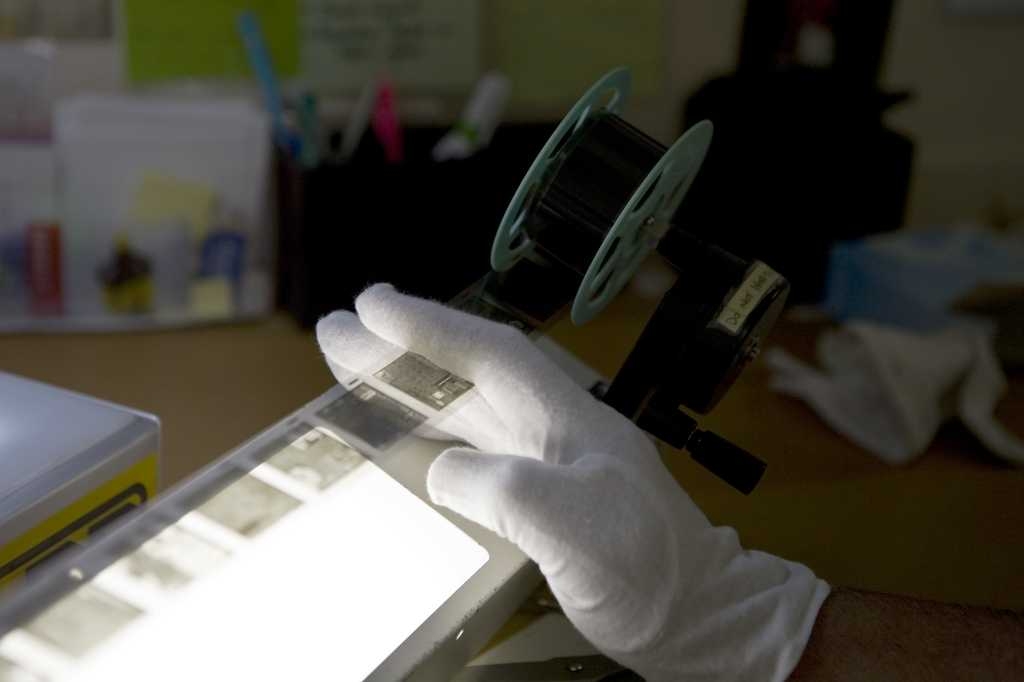
While microfilm can potentially last for 500 years, it can only do so if properly stored and preserved. Unfortunately for many organizations, microfilm storage isn’t being properly managed, meaning they aren’t getting the longevity that they could from their microfilm. To this end, we’ve compiled a list of steps to safely store and preserve your microfilm so that the information contained within is conserved as intended.
1. Establish a Controlled Storage Environment
Microfilm requires a very controlled storage environment in order to preserve its integrity. Silver microfilm, for example, should be kept at a maximum temperature of 18 degrees Celsius, and at a relative humidity of no more than 25%. Depending on the type of microfilm you are storing, these figures will vary. Ensure that you properly identify the ideal temperature and humidity level for your type of microfilm, and establish an environment that meets these requirements.
2. Use Proper Containers
A general requirement for microfilm storage that will help preserve the microfilm is the use of sealed containers. In conjunction with a controlled storage environment, a sealed container will help limit the permeation of moisture into the microfilm, which will help protect it from deterioration and degradation. You should be using moisture resistant paint to seal the containers.
3. Store in Metal, Not Wood
Microfilm should never be stored in wooden cabinets. Instead, ensure that the sealed containers are placed within metal cabinets that have been treated with the right paint (non-corrosive, non-staining and non-combustible). This helps protect the microfilm from damage via corrosion, fire, and more.
4. Make Working Copies
In order to preserve your microfilm, you should make working copies that can be used on a day-to-day basis and are separate from the master copy. This way, you can ensure that the first generation microfilm is kept intact for a long period of time, while subsequent copies are utilized when information needs to be viewed. It is generally recommended that you produce more than one working copy for each microfilm.
5. Digitize Your Microfilm
Microfilm digitization carries a number of advantages: it ensures that all information is centralized, helps save space, assists in preservation, is more efficiently searched and indexed, and can even act as your working copy of the first generation microfilm. It is also significantly easier to store and maintain digitized microfilm than it is physical copies, a main reason why so many organizations are choosing this route.
Storing your microfilm properly is the first step to ensuring the information within is properly preserved. Correcting your current storage processes will help you ensure that your information is protected, while also allowing you to access it to meet your organizational objectives.

